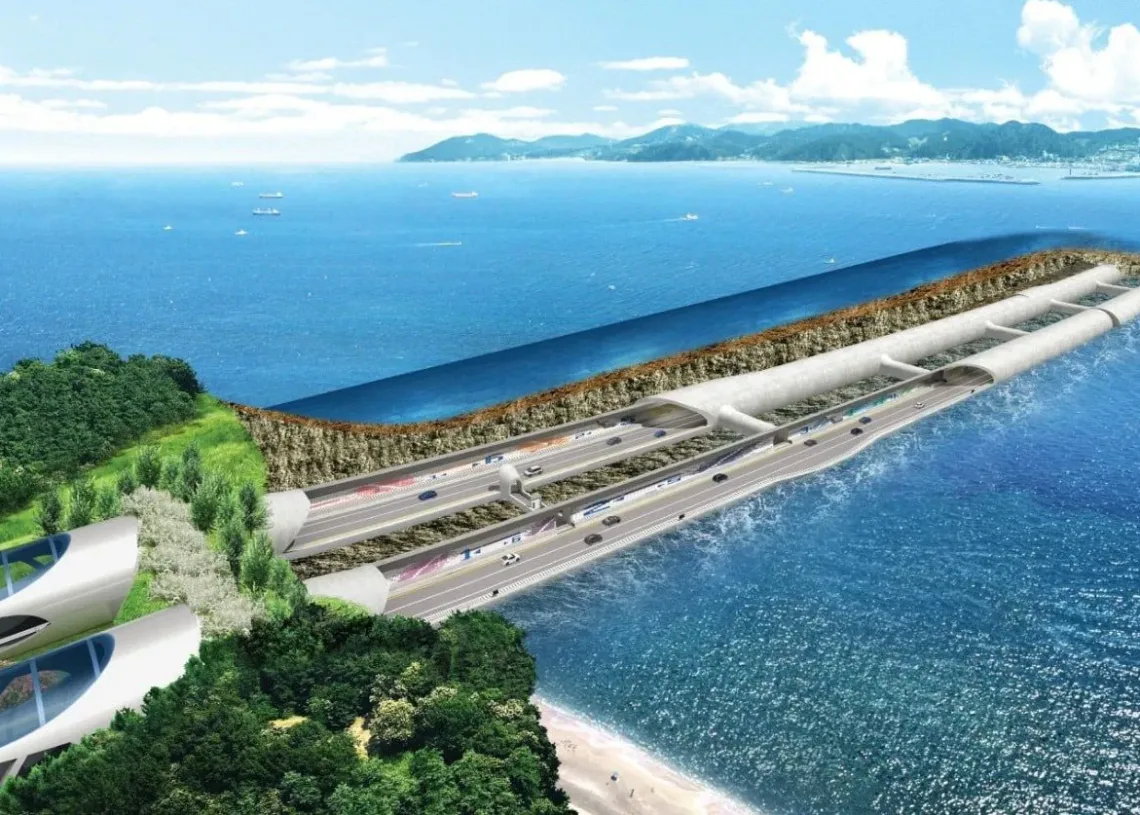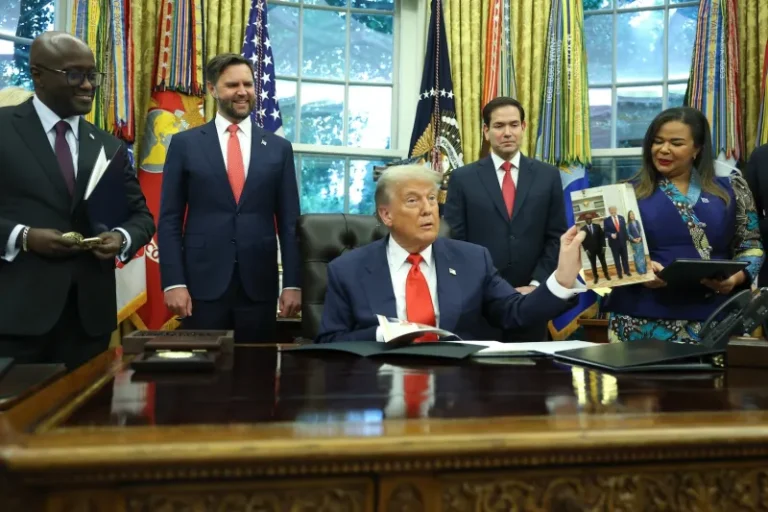
The ambitious plan to build a tunnel beneath the Strait of Gibraltar, connecting Morocco and Spain, has taken a significant leap forward. Once a distant vision, the project is now advancing steadily with renewed governmental backing and detailed technical studies aiming to turn it into a reality by 2040.
Reactivated in April 2023 by Moroccan and Spanish authorities, the Maghreb-Europe tunnel aims to revolutionize transport between Africa and Europe.
Originally envisioned as two separate tunnels—one for vehicles and another for rail—the project has undergone a strategic revision. Following months of assessments, the decision has been made to pursue an exclusively railway tunnel dedicated to both passenger and freight transport.
This new direction addresses several practical and economic concerns, notably reducing the risks posed by the region’s complex geology.
The chosen route, known as the Seuil route, is regarded as geologically less challenging, simplifying the construction of what would be a 60-kilometre underwater tunnel. If completed, it would surpass the length of the Eurotunnel linking France and the UK, becoming one of the longest undersea tunnels in the world.
To ensure the project’s safety and feasibility, the Spanish government initiated two critical studies in 2024: a geotechnical survey focused on drilling through the Camarinal sill, and a seismic risk assessment for the strait.
The first study is due to conclude by the end of July 2025, with the second following in September. These analyses are vital to overcoming the geological and environmental hurdles posed by the strait.
Beyond its engineering marvel, the tunnel represents a major economic opportunity, poised to deepen ties between Europe and Africa. The infrastructure promises to boost trade, ease the flow of goods, and invigorate tourism.
Morocco, Spain, and the European Union have pledged substantial financial support, with the project’s cost estimated at over 15 billion euros.
Ultimately, this tunnel could transform the dynamics of transport between the continents, significantly cutting costs and enhancing connectivity for generations to come.



